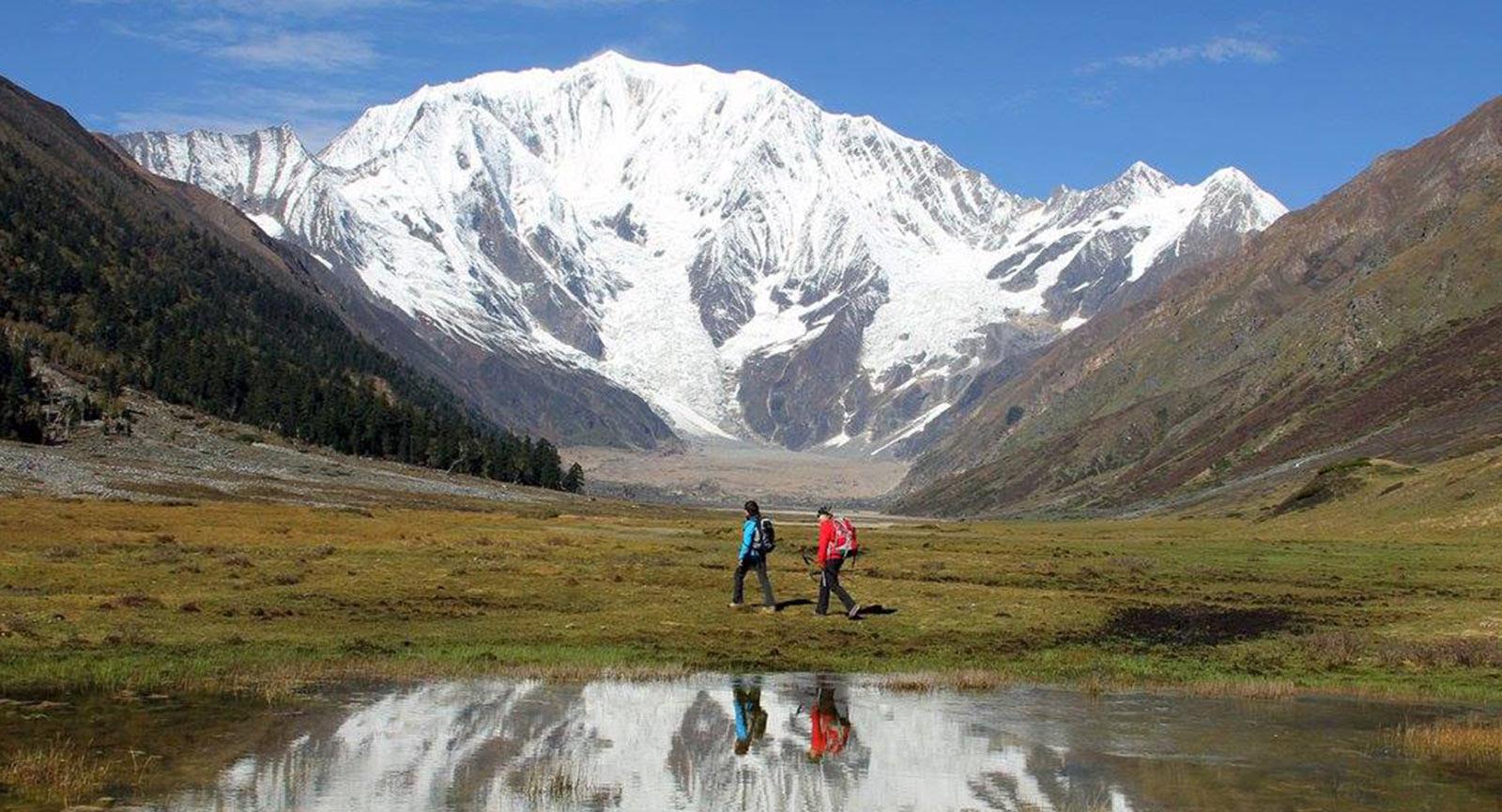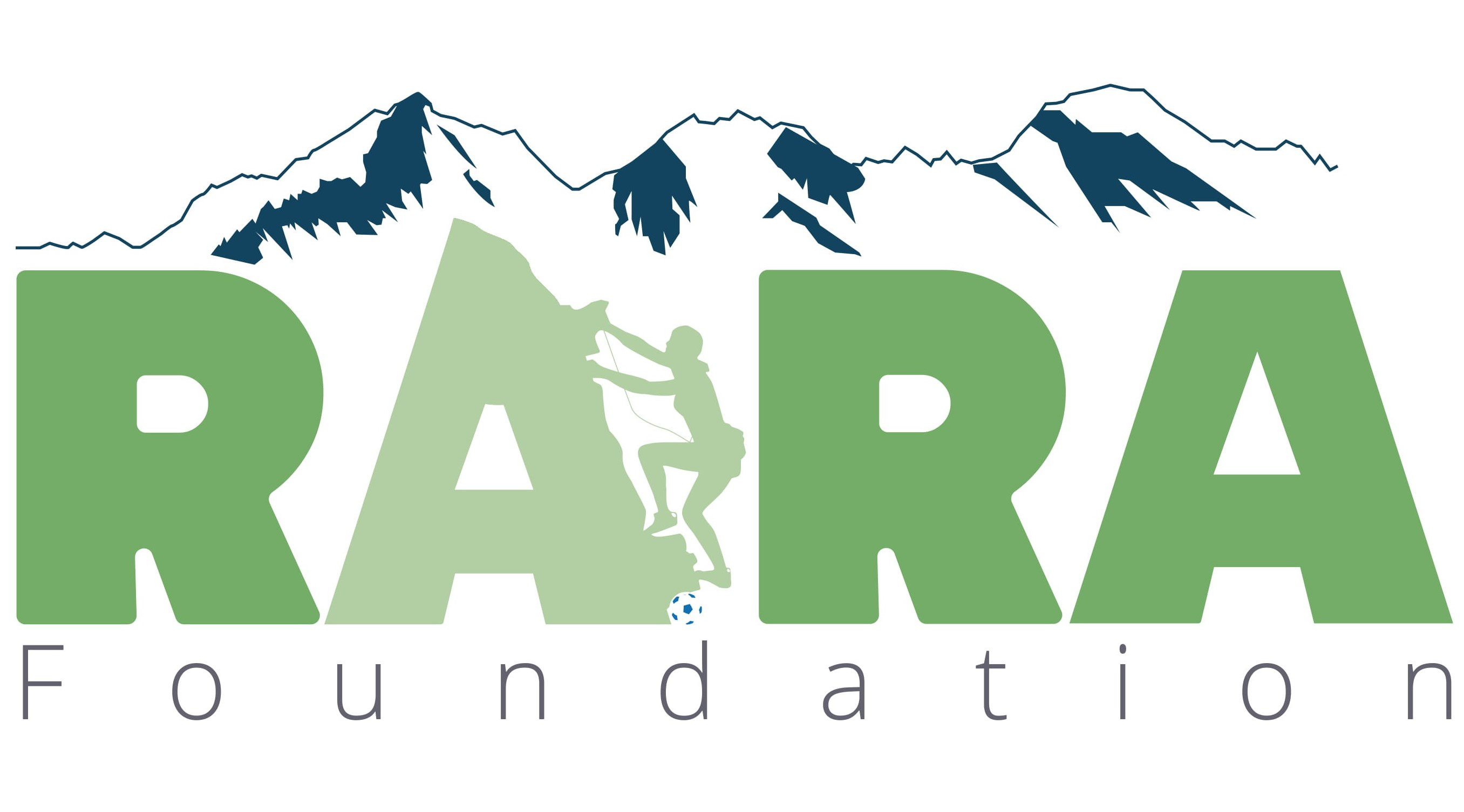Mission Saipal

Mt. Saipal is less crowded and unclimbed Mountain located in the western part of Nepal with snow- capped mountains; lush valleys, unique Trans-Himalayan plateau, rocky cliffs, quiet lakes, long straining ricers and abundance of wild life. Besides, it is also a center of civilization and religion. Myths have it that mountains are the abode of Hindu Gods and Goddesses. Saipal, according to Hindu mythology, is named after Lord Bishnu like Mt. Kailash named after Lord Shiva. There is a trinity of three Gods in Hindu Religion-Brahma, the creator; Bishnu, the protector and Shiva, the destroyer. Locals of the Saipal region believed that Saipal is the residence of Lord Bishnu, who rests upon the lap of Sheshnaag-a five headed holy serpent God, taking five peaks of Mt. Saipal as the five heads of Serpent God Sheshnaag.
Saipal region is also taken as the place from where the Hindu community in Nepal originated and spread. However, these people follow a different form of Hinduism in this area. They believe in Masto, their ancestral God, who rests on the top of Mountains and have a control and influence upon the culture, rituals, beliefs and lifestyles of the people there.
The women, in this beautiful eye lustering South-Saipal Region, are still the victim of so many social, religious and traditional superstitions. They have been suffering from Chaupadi, one of the most highly debatable and detestable custom of this region where the women have to stay in a hut away from home during menstruation that is found in so many cases unsafe, unclean and even fatal- attacking by wild animals and snakes. It is even found that the girls are attacked and raped in the menstrual hut.
Besides Chaupadi, the women in this region are also suffering from child marriage, gender and caste based discrimination and violation; deprivation of social stature and human rights and so on.
The women, for being menstruated, are taken as impure and imposed a lot of social barriers in the name of tradition and religion.
The women in some communities are even not allowed to climb mountains because of their menstruation. The people believe that their ancestral god dwells on the top of mountains and hence should not climb the mountains because the women are impure because of their menstruation. The disrespect of the God will bring misfortune to them, even leading up to their death or the death of their loved ones.
The most shocking truth is that the women have internalized the notion of 'Impurity' and 'Incapability' imposed upon them since a long time in the name of society, tradition and religion.
What is ‘Mission Saipal’?
Mission Saipal is an expedition to Mt. Saipal (7031m) – where the local girls will participate with a mission to change the traditional and social belief towards women and the gender based description including menstrual taboos by climbing the unclimbed and the tallest mountain of their region. The expedition is to help the women of the region to regain their self-confidence and social stature by helping them to prove their capability and supremacy by taking the most challenging and toughest of the sports ‘Mountaineering’, something even male folks haven’t yet handled to get along.
In addition to the campaigning against the traditional superstitious belief the expedition also aims to promote tourism sector of the western Nepal and its Himalayas in order to enhance the livelihood opportunities for the people.
What we do under this project:
- Explore the new trekking routes in Western Nepal
- Standardize the existing trekking routes
- Make feasibility studies for sustainable tourism development
- Organize professional trekking and mountaineering training
- Organize tours and expeditions in partnership with travel and tour agencies for a social cause
- Coordinate with federal, provincial and local government to develop master plan for development of local tourism
- Make promotional videos
Mt. Saipal Expedition 2018:
4 of the local girls were selected as the ‘Change Maker’ to climb Mt. Saipal along with the team of national and international climbers to bring considerable change in the perception of the community people towards women and help them freed from the social beliefs and practices that backed the discrimination to the women. The local girls took the training for Mountaineering at Kathmandu at NMA. The mountaineers from US and Europe join the expedition team to support the girls in their mission. There were also experienced Sherpas who have already climbed Mt. Everest to guide the team to the top of Mt. Saipal.
The expedition started on October 2018. All of Nepal was celebrating their greatest festival Dashain. However, the expedition team were preparing for the expedition. The team was brought to Chainpur, district headquarter of Bajhang district first by plane and then by rented bus. The team were welcomed by the Tourism Minister from the Far-West Province and handed over the national flag wishing them for the success. The team was accompanied by the local cultural group all the way to Chainpur.
The four local girls were waiting for the team at Chainpur. They were so happy to see the arrival of the team. The hope and fear both were seen in their face. The real expedition started from Chainpur in the rented Jeeps to Talkot, where a huge mass of around 5 thousand welcomed the team in their tradition way with traditional songs and dances. Talkot is known for the palace of the traditional king of Bajhang. The descendants of the king still lives in their traditional palace and performs all the rituals. The team were received by the king in his palace. The motorable road ends at Talkot.
The team reached the base camp after 3 days walking under the jungle and along the rivers. The team organized a health camp at Dhalon, where around 500 people especially children and old aged people got treatment. It had been very hard for people to get the treatment on time since they have to walk for three days to reach the nearest health post.
3 of the girls get menstruation on the day when the team moved for the base camp from Dhalon. They hesitated to continue the expedition, though they were committed and motivated at the time of beginning it. The team members suggested them to take menstruation as the natural phenomena of female and debug any misconception of pure and impure related to menstruation.
The team reached the base camp of Mt. Saipal on the 7th Day of the expedition. The base camp was fronting towards the Mt. Saipal, covered by other mountains from all other sides. A small rivulet was running from the middle of the base camp.
Fortunately, few of the American alpinist mountaineers were already there trying to climb Mt. Saipal. It had been nearly 7 days for them trying to climb Mt. Saipal when the team reached the base camp. They were nearly ending their climbing with many unsuccessful attempts.
The story of unsuccessful attempts that they shared after their return at the base camp made the ‘Mission Saipal’ team suspicious of theirs too. However, the lama, made a ritualistic worship to the Mountain and cleared the way. The team stayed for three days in the base camp and for acclimatization. on the fourth day, the team started climbing Mt. Saipal.
After the team climbed around 5600 meter and rested for the night, all of a sudden it snowed heavily all night. In the morning, the tent was below 3 feet snow that made the ascent almost impossible. The team returned back to the base camp and waited for 3 more days in the hope of a favorable climate. The climate started to worsen more and due to the regular snowing it became more difficult to stay in the base camp too.
At the end, losing all the hope, the team called-off the expedition. The decision to call-off the expedition sadden the four local girls who had a different mission for the expedition. They knew the impact of the failure of the expedition in their life back in their family and community. How much struggle they had done within themselves, with their family and the community! They started to cry and refused to go back to their homes. Rather tried to force themselves to continue the expedition on themselves without caring of the outcome.
However, Dr. Jorge Egocheaga, team leader, consoled the girls convincing them that life is more important than climbing the mountains. if one is alive, he/she can attempt as many mountains as they like. He himself visited the girls’ home and village and told their family that Mt. Saipal could not be climbed because of bad weather. It has nothing to do with the impurity of girls and their menstruation.
Situation after the expedition:
After much persuasion, the girls were ready to go back to their homes. But before they bid farewell to each other determined to come back to the mountains the next year with better preparation.
A break of a year takes a toll on the squad. Laxmi Bohara, one of the local girl, decided to get a pause after she got pregnant once more. Sarasowti Thapa, as well, decided to wed and left the mission. However, Sangita Budha and Pabitra Bohara determined to accomplish their mission. They were nearly starting their mission in this April after they received the professional trekking guide training from Nepal Mountain Academy (NMA) by organizing the trekking guide training for the other girls of their region to add them in their team. However, the outbreak of COVID 19 forced them to halt their mission. The girls are waiting for the government’s decision to open for the climbing so that they can start their mission.
Upcoming Events:
- Residential female trekking guide training for the girls of Western Nepal in coordination with National Mountain Academy
- Exploration of Saipal Circuit in coordination
- Advanced female mountain guide training
- Climbing of Mt. Saipal from North Eastern Base Camp
